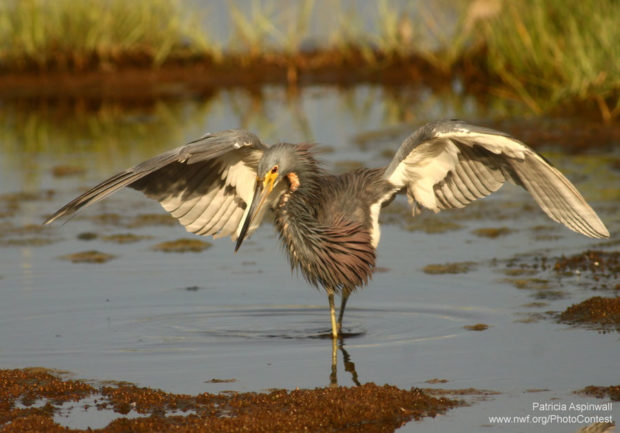We have much more to do and your continued support is needed now more than ever.
6 Wildlife Facts for World Wetlands Day
Forty-four years ago on February 2, 1971, on the Caspian Sea, a group of forward-thinking world leaders gathered to set-forth a framework for international cooperation to conserve the world’s wetlands. This day, World Wetlands Day, is a significant reminder of the boundless value of wetlands. In fact, globally, wetlands are considered the most biologically diverse ecosystems. Despite these unique features, the current leadership at the Environmental Protection Agency (EPA), Department of Agriculture, and too many members of Congress seem hell-bent on undermining the Clean Water Act, which is the chief defense for wetland conservation.
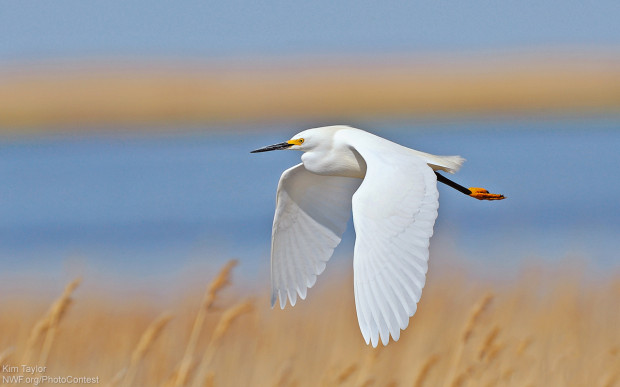
This proposed rule would be the biggest weakening of Clean Water Act protections since it became law. Now is not the time to turn back the clock on federal protections that have safeguarded our wetlands and wildlife for more than 46 years.
These six facts about wildlife and wetlands will hopefully reinvigorate passion for the habitat that provides us with so many benefits. Protections are a cheap and easy gift after learning about the many presents that wetlands provide all of us throughout the country.
1. Up to 1/2 of North American bird species nest or feed in wetlands.
Wetlands provide a valuable habitat for birds. Like the American avocet featured here on the Sand Lake Wetland Management, wetlands are essential for the prosperity of birds.
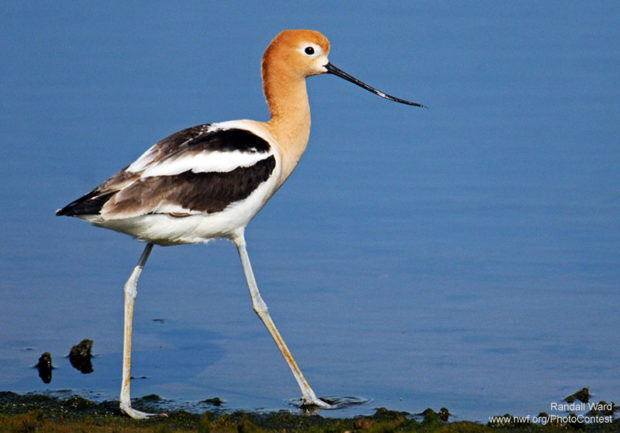
2. More than 1/3 of endangered species rely directly, or indirectly, on wetlands for survival.
The Florida manatee is one of the many endangered species reliant on the protection of wetlands. Manatee populations have plummeted in part due to the destruction of wetland habitats for residential developments, because the spring-fed rivers that provide their habitats depend on healthy rivers.
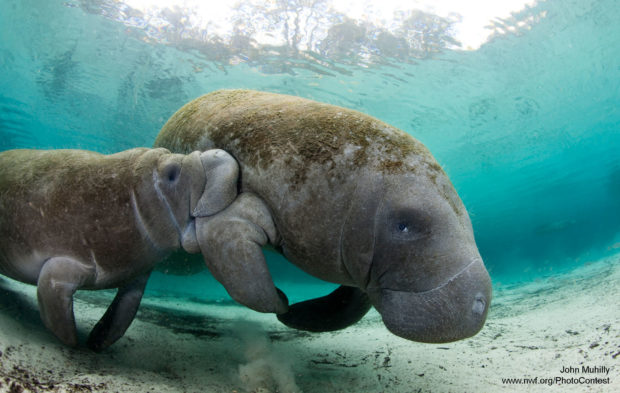
3. An acre of wetland can store 1–1.5 million gallons of floodwater.
About 40% of the coastal wetlands in the lower 48 states are found in the Mississippi River Delta in Louisiana. These millions of acres of wetlands were built over thousands of years by Mississippi River floodwaters that deposited huge amounts of sediment at the river’s delta. Many mammals rely on the delta for habitat and food, including the Louisiana black bear.
Today, coastal Louisiana is losing a football field of wetlands every 100 minutes. It has already lost an area of land equal to the size of the state of Delaware. Protecting wetlands is essential because they serve as nature’s first line of defense by absorbing much of damage and flooding caused by hurricanes. One of the lessons learned after Hurricane Katrina is that a healthy system of wetlands between New Orleans and the Gulf almost certainly would have slowed down the storm and dampened the storm surge. Without natural storm buffers, breaches in levees such as those after Hurricane Katrina could become an even bigger threat.
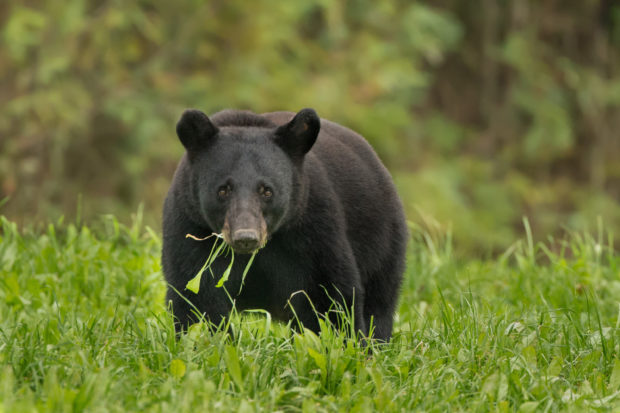
4. Over 75% of commercially harvested fish are wetland-dependent. That number is 95% when we add shellfish species.
Not only are wetlands important for recreational fishing and hunting, strong wetlands are a huge driver of the commercial fishing industry, like Carp – which the below Blue Heron is having for dinner. Shellfish and mollusks also benefit, so as oyster season picks-up note that healthy wetlands are a contributor to a successful season.

5. Wetlands filter, clean and store water—acting like kidneys for other ecosystems!
The filtering capabilities of wetlands is essential for runoff carrying excess nutrients and harmful pollutants. A study determined that the filtering capabilities of the Congaree Bottomland Hardwood Swamp in South Carolina is equivalent to over $5 million in costs if the water was treated at a waste water treatment plant. As local budgets face surmounting challenges, wetlands provides an affordable and effective means for filtering water.

6. Ecosystem balance depends on wetlands.
The Great Horned Owls are found all over North America, but one of the owl’s favorite spaces are open habitats like wetlands. While wetlands are known for being a host to invertebrates, amphibians, and reptiles, the diverse habitat also provides a home to many different types of mammals like the owl. Also, permanent residents are commonly the river otter and muskrats.
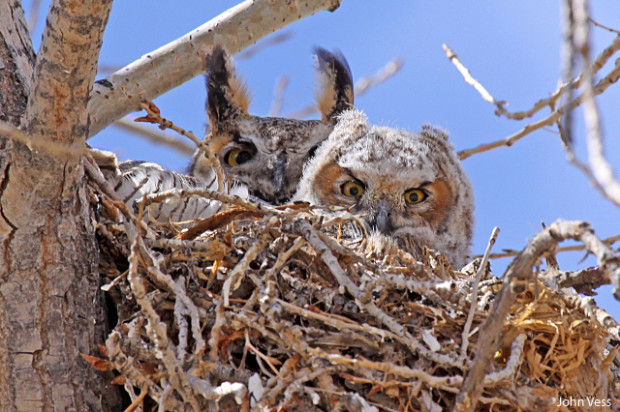
Act to Protect Clean Water & Wetlands
The EPA announced a plan to remove Clean Water Act protections for streams and wetlands that otters rely on:
PROTECT THE CLEAN WATER ACTEndangered whooping cranes—and the seasonal wetlands they rely upon during migration—are at-risk of being drained for agricultural development:
PROTECT WETLANDS FROM DEVELOPMENTLouisiana has more than 3 million acres of coastal wetlands & accounts for 40% of the coastal salt marshes in the contiguous U.S & 80 percent of the nation’s coastal wetland loss. Add your voice to those dedicated to Restore The Coast.
RESTORE THE COAST